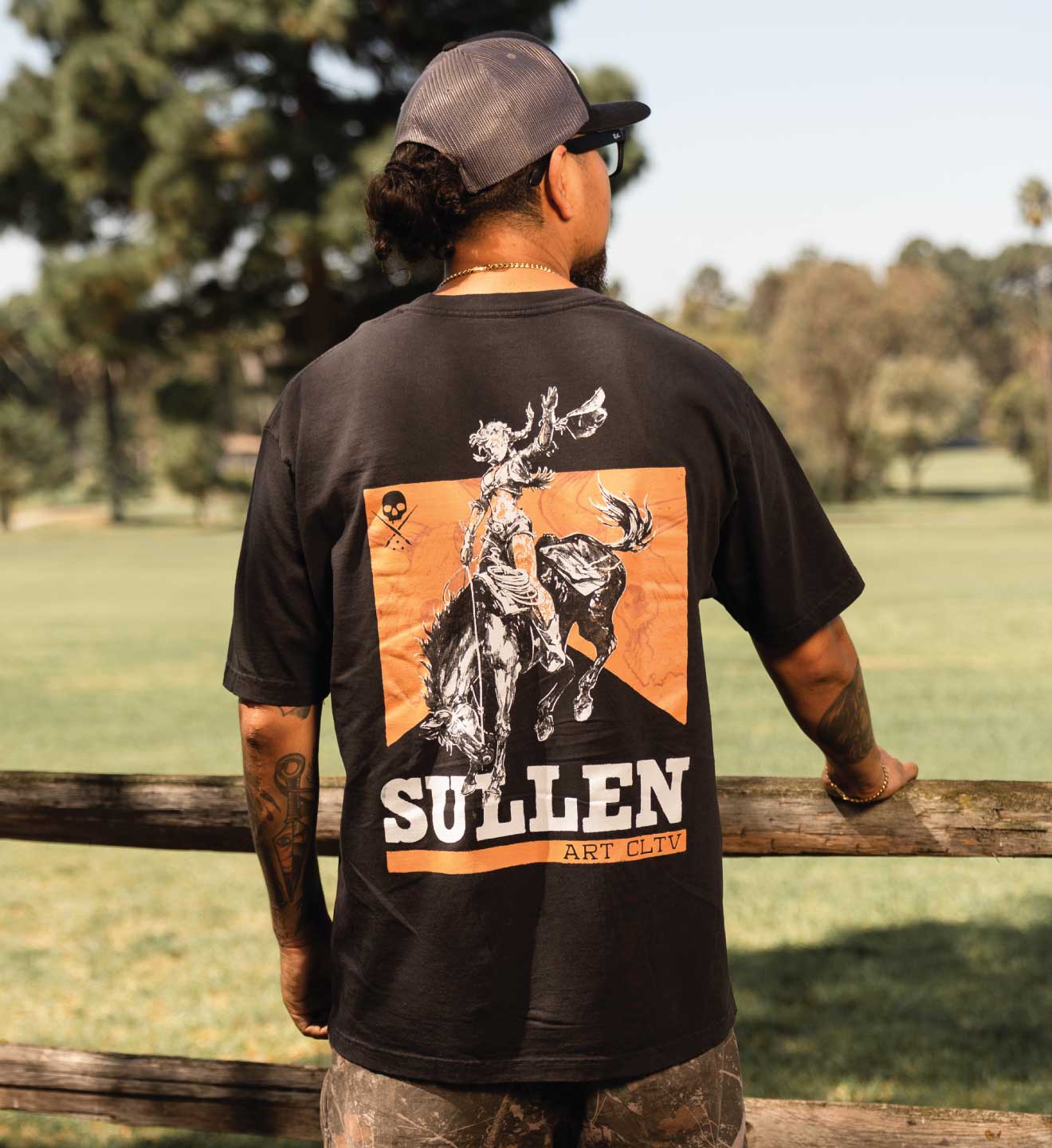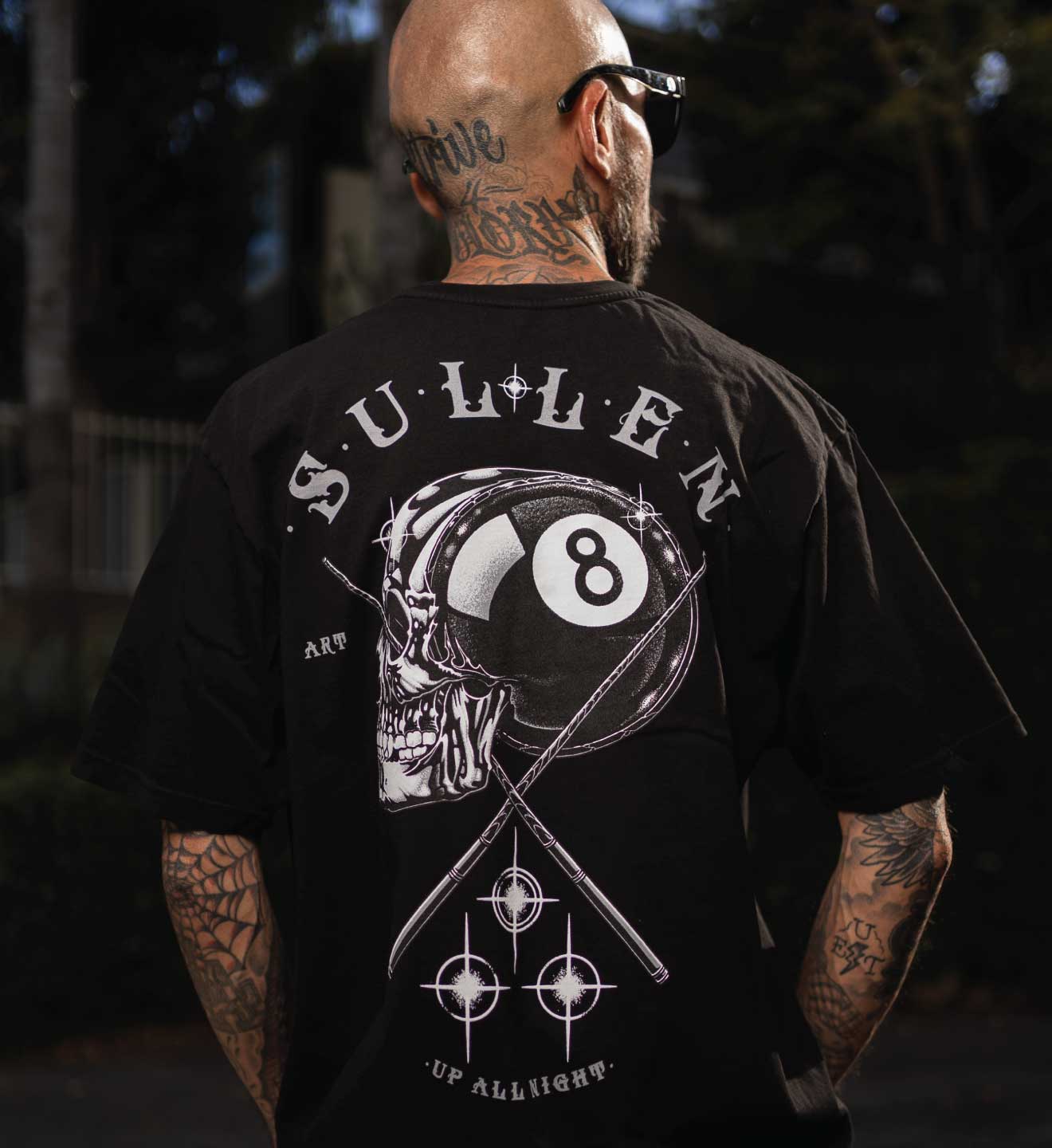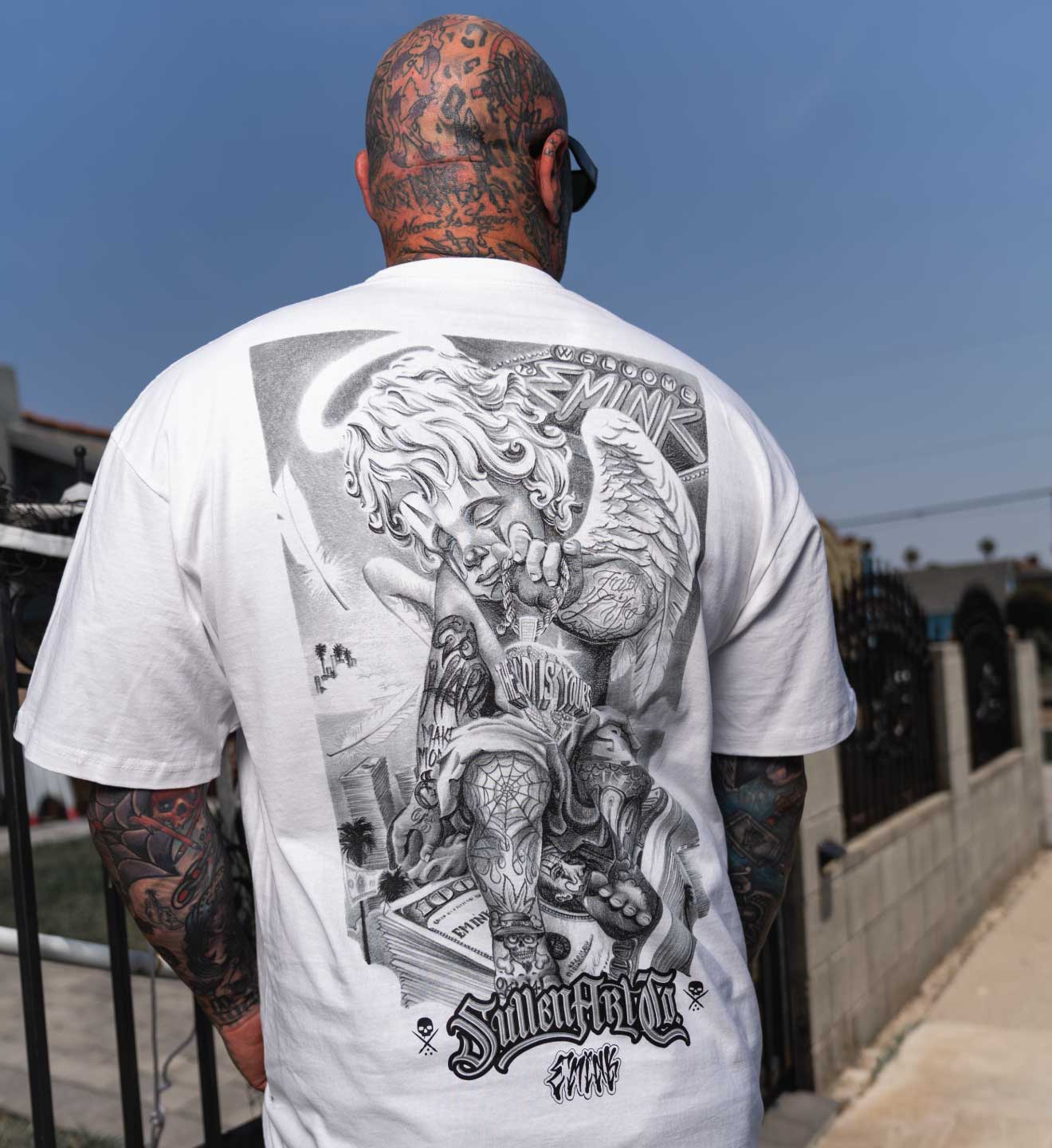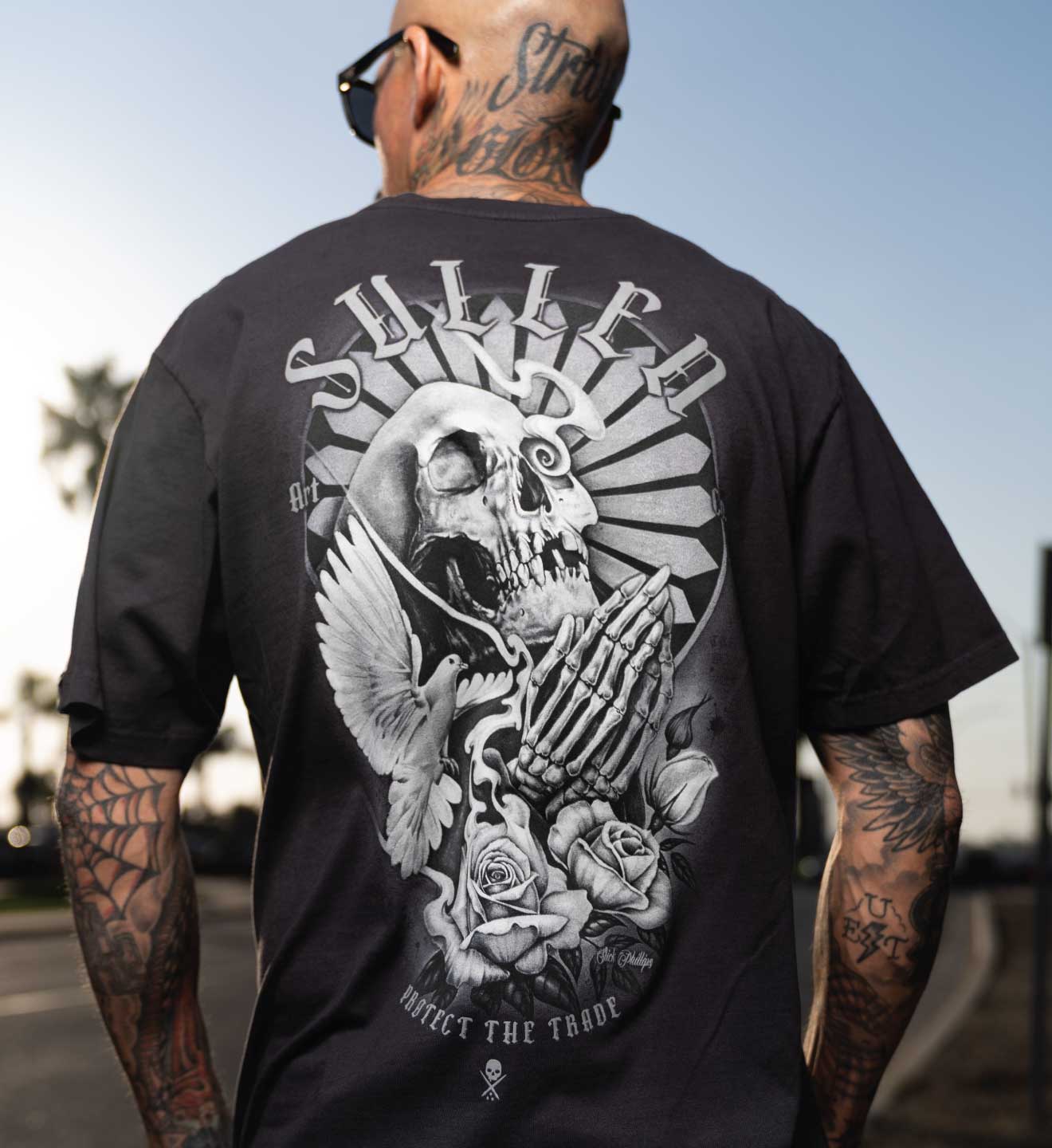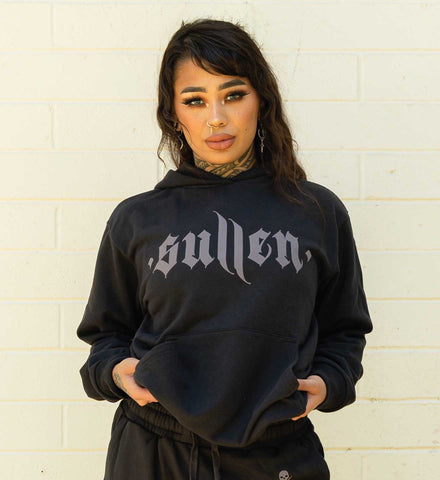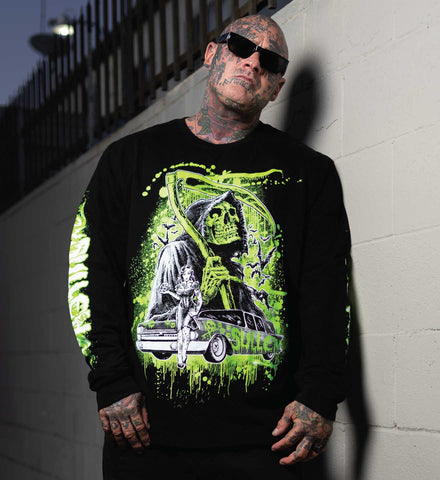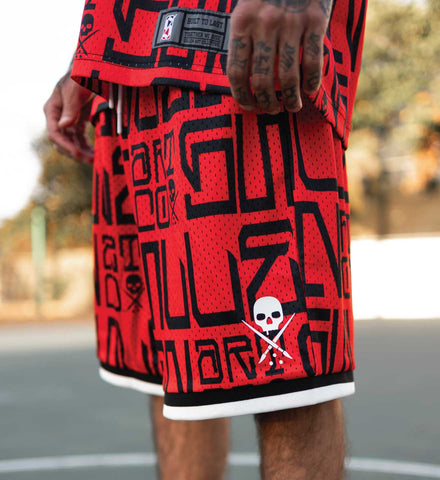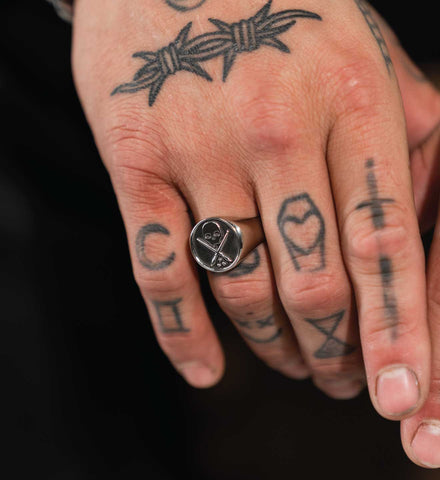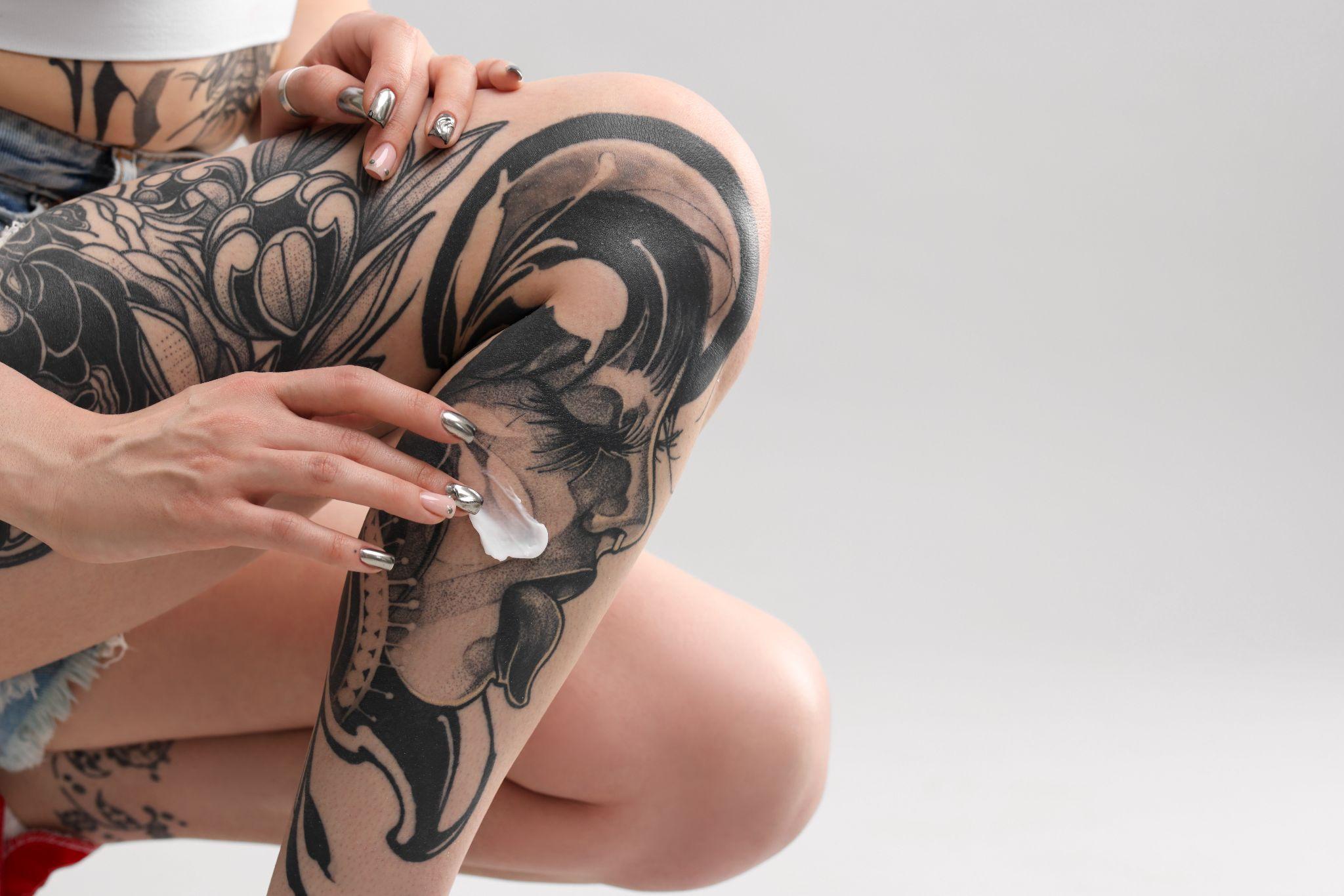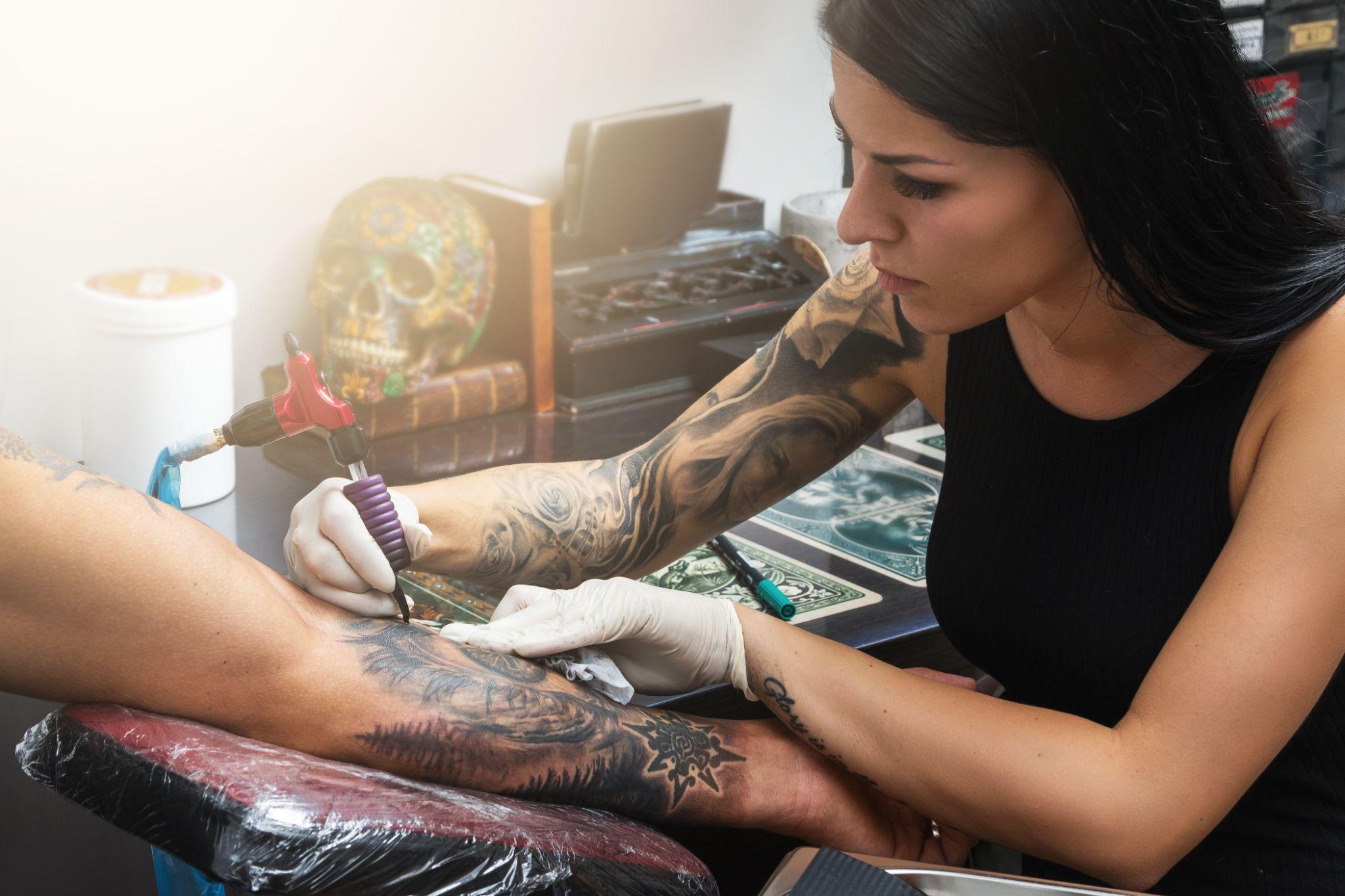
How Tattoo Artists Build a Signature Style

Tattoo artistry is full of diverse looks and techniques, and behind every recognizable piece is an artist who spent years shaping their creative voice. Tattoo artist styles develop from a mix of technical skill, influences, experimentation, and self-expression. Whether you’re an aspiring tattooer, a dedicated collector, or simply fascinated by tattoo culture, building a signature style is a creative journey.
Here’s an in-depth look at how to find your tattoo style:
Mastering the Fundamentals: The Foundation of Style
Every distinguished tattoo style begins with a solid foundation. Artists who stand out have spent time mastering core techniques and learning key concepts, including:
Lines, Shading & Texture
To start, focus on crisp linework, smooth or textured shading, and the use of negative space or fill techniques. These allow an artist to execute designs reliably and then begin to tweak them. Building proficiency across a variety of techniques helps in choosing a personal style.
Understanding Style Definitions
Exploring a range of styles helps you learn how different approaches work and why they look the way they do. Knowing the rules gives you the power to bend or break them later, use your creativity, and make more unique stylistic choices.
Examples of core tattoo styles include:
- American Traditional: Bold lines, minimal shading, iconic motifs
- Neo-Traditional: Expressive linework, rich color, ornate detail
- Black and Gray: Smooth shading, realism, or illustrative forms
- Japanese (Irezumi): Symbolic motifs, flowing composition, strong outlines
- Realism: Lifelike detail, precise shading, photographic accuracy
- Blackwork: Heavy contrast, geometric or graphic design influence
- Fine Line: Delicate outlines, subtle shading, minimalist motifs
- Surreal or Illustrative: Imaginative concepts, mixed techniques and textures
The Role of Practice
Consistent practice enables you to internalize technique so your hand works fluently and your creative mind can focus on variation. Over time, your choices—tools, machine settings, needle groups—become part of your “toolbox” and eventually help define your voice.
Research & Influence: Shaping Your Visual Palette

Signature style doesn’t happen in a vacuum. Embedding your own voice means absorbing a wide array of influences, including the following:
Other Tattoo Artists
Looking at established tattoo genres helps an artist understand structure, composition, motif, and contrast. Each style offers characteristic shapes, flows, and visual rhythms, and understanding its core elements helps hone your craft. This kind of research also helps you identify what resonates with you and what doesn’t.
Broader Art & Culture
Beyond tattooing, many artists pull from illustration, fine art, graphic design, street art, nature and culture. A tattooer might adopt a brushstroke inspired by watercolor illustration, or a negative-space motif from architectural drawings. These cross-disciplinary cues often become the “twist” that makes their work unique.
Your Personal Story & Identity
Your life, background, interests, and worldview are important ingredients. Infusing your work with personal narrative gives it authenticity and distinctiveness. A signature style can develop from an obsession or keen interest in:
- Nature
- Skulls
- Machinery
- Fantasy and Mythology
- Portraiture
- Botanical Elements
- Lettering
- Spiritual Themes
- Typography
Experimentation & Discovery: Learn From Inspiration
Are you still wondering how to find your tattoo style as an artist? One of the most exciting phases in developing tattoo artist styles is experimentation—testing ideas, discovering quirks, and refining what works.
Trying Everything With Intent
Rather than choosing one style early and rigidly sticking to it, many successful artists begin broadly. They try flash, simple pieces, walk-in tattoos, and different techniques until patterns naturally emerge.
Identifying Repeating Threads
After enough projects, you’ll notice recurring shapes, textures, color combinations, or motif choices. These repeating elements often mark the beginnings of your signature. For example, you might gravitate toward monotone with bold negative space, or saturated jewel-tones and fine line florals. That recognition gives you direction.
Refining Your Tattooing Style
Once you know what feels right, you refine it. Maybe you’ll decide to always include a splash of vivid accent color, or you’ll favor soft gradient shading rather than high contrast. Experiment and discard what doesn’t feel genuine, and lean into what does. It takes persistence and exploration to discover one’s style.
Visual Language & Portfolio: Making Your Style Recognizable

When a client's eyes light up and they say “I know your work,” it means your visual language is paying off. Here’s how that visual language solidifies:
Consistency in Key Elements
Consistency helps recognition, whether it’s a favorite fill-pattern, a particular line-quality, a unique color palette, or preferred composition. Over time, your body of work begins to “read” like yours. For example: repeated use of vector-like framing, fine dotwork transitions, or a bias toward geometric negative space.
Adapting to Skin & Body Forms
A signature style is not just about the motif on paper, but how the design interacts with the human form. To adapt designs for different body parts, focus on contours, scale, and placement. By taking these anatomical considerations into account, the piece looks like it belongs on that body.
Curating & Presenting Your Portfolio
Your portfolio becomes a visual résumé of your style. Select work that best aligns with your voice—this tells potential clients what you do best. It also helps attract those seeking your aesthetic, which in turn reinforces your style and builds your reputation.
Continuous Growth: Evolving Without Losing Identity
A signature style isn’t a final destination—it’s a platform from which you evolve. Staying static is easy to spot, while developing your craft is harder but more rewarding. Here’s how you can get there:
Learn Advanced Techniques
Building upon your foundation and tattooing style, you might explore:
- Stippling for Texture: Uses concentrated dots to create gradients, depth, and textured effects in blackwork and illustrative tattoos.
- Subtle Cross-Hatching: Applies overlapping fine lines to build tone and give tattoos a hand-drawn, sketch-style finish.
- Color Transitions: Blends one hue into another seamlessly to achieve smooth, saturated shifts essential for realism and watercolor styles.
- Blending Techniques: Softens the meeting point between tones or colors to create smooth gradients and lifelike shading.
- Negative-Space Mastery: Uses untouched skin strategically to form highlights, contrast, or shape definition within the design.
- Advanced Composition: Designs tattoos that flow with the body’s anatomy, balancing focal points, contrast, and movement for long-term readability.
All of these help deepen your visual vocabulary.
Embrace Digital Tools Without Losing Handcraft
Today, many artists supplement hand-drawn work with digital tools (tablets, design software, etc.) to prototype ideas and test palettes. While the hand-crafted tattoo remains paramount, you can still find a tattoo artist by style in this digital world. Digital exploration expands creative freedom and can refine your aesthetic before going on-skin.
Stay True While Evolving
As you grow, you might incorporate new influences, try new directions—but the core of your style remains identifiable. That might mean you always include an accent color, or you always favor a particular line weight. The evolution comes with continuity, not constant reinvention.
From Skin to Streetwear—Celebrate the Artistic Spirit

Developing a signature tattoo artist style is a creative journey—not a straight sprint. The best tattoo artists blend technical mastery, visual influence, personal storytelling, and continuous exploration to build a recognizable voice.
If you’re someone who admires that creative spirit—who celebrates the bold, the inked, the expressive—carry it off the skin and into what you wear. Explore the full collection of T-shirts, sweatshirts, flannels, hats, and more at Sullen Clothing that reflect your style and artistry.



